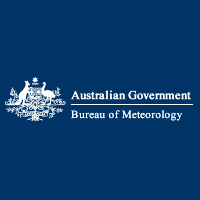Full description
This assessment and related data examines water resources in the Murray–Darling Basin region in 2009–10 and over recent decades. Seasonal variability and trends in modelled water flows, stores and levels are considered at the regional level and also in more detail at sites for selected rivers, wetlands and aquifers. Information on water use is provided for selected urban centres and irrigation areas. It begins with an overview of key data and information on water flows, stores and use in the region in recent times followed by a brief description of the region.
Understanding of surface water quality is important to sustainable water resources management; however, it could not be adequately addressed in this assessment. At the time of writing, suitable quality controlled and assured surface water quality data from the Australian Water Resources Information System (Bureau of Meteorology 2011a) were not available. Groundwater and water use are only partially addressed for the same reason. In future reports, these aspects will be dealt with more thoroughly as suitable data become operationally available.
Key data and information
The assessment presents the 2009–10 annual landscape water flows and the change in accessible surface water storage in the Murray–Darling Basin region. The year was wetter than average for the Murray–Darling Basin region (see Table 7-1) and resulted in above average landscape water yield. Evapotranspiration levels were close to the average level, which allowed soil moisture storage to increase across much of the region. Surface water storage volumes also rose substantially (by 12.4 per cent of accessible storage capacity) during the year providing much needed water for both agricultural and environmental purposes.
Data time period: 08 07 2009 to 08 06 2010
text: Murray-Darling Basin
User Contributed Tags
Login to tag this record with meaningful keywords to make it easier to discover


